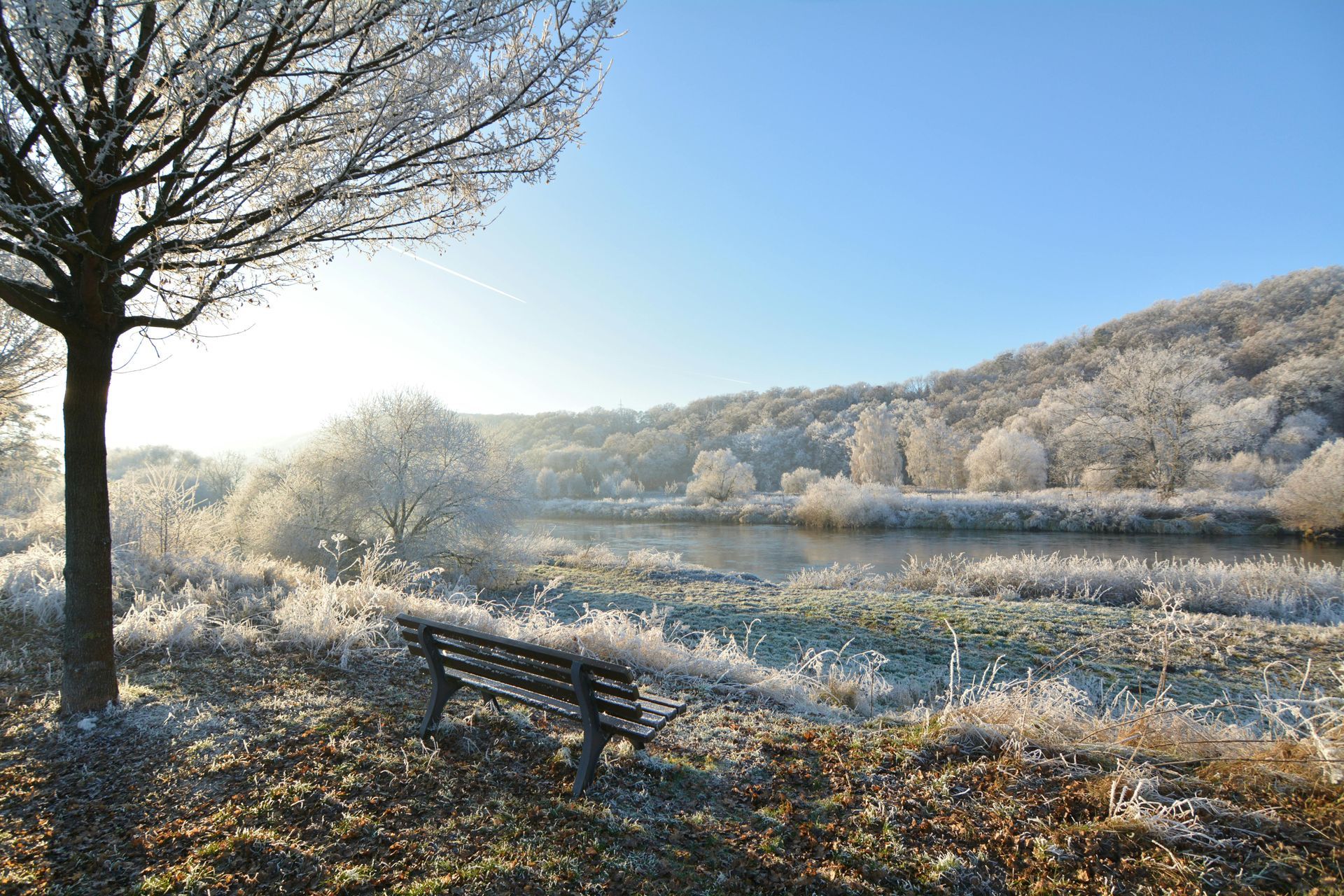Cold Weather Check
As the colder months approach, it’s essential to prepare your home and vehicle for the change in weather. Here are some safety tips and considerations for the transition:

1. Switching from AC to Heat in Your Home:
- Furnace Checkup: Ensure your furnace or heating system is in working order before the first cold snap. Have a professional inspect it to avoid any issues when it’s needed most.
- Replace Air Filters: Dust and debris can build up over time, reducing your heating system's efficiency. Change your air filter regularly to improve airflow and energy efficiency.
- Test Smoke and Carbon Monoxide Detectors: Heating systems can sometimes cause carbon monoxide buildup. Testing these detectors and replacing batteries is crucial for safety.
- Inspect Air Vents: Make sure vents and ducts are clear of obstructions so heat can circulate efficiently. Closed vents could cause uneven heating and strain on your system.
- Programmable Thermostats: Consider installing a programmable thermostat to manage temperatures efficiently, especially if you’re away during the day.
2. Tire Pressure and Cold Air:
- Tire Pressure Monitoring: As temperatures drop, you might notice the tire pressure warning light appear on your dashboard. Cold air causes air molecules to contract, lowering tire pressure. Keep a tire pressure gauge handy and regularly check the pressure to ensure it’s within the recommended range. Proper inflation improves fuel efficiency and prevents unnecessary wear.
- Check Tires Before Driving: It’s best to check tire pressure when the tires are cold (before driving), as driving heats them up and gives a false reading. Inflate them to the manufacturer’s recommended pressure, which can usually be found on a sticker inside your car’s door frame.
3. Other Seasonal Change Considerations:
- Heating Costs: Be mindful of energy usage as you transition to heating. Keeping the thermostat at 68°F when you're home and lower when you're away or asleep can help save on energy costs.
- Windows and Insulation: Check windows for drafts or cracks and ensure they are properly sealed. Installing weather stripping can help reduce heat loss and save energy.
- Car Battery: Cold weather can also reduce your car’s battery performance. Have your battery tested, and replace it if necessary to avoid being stranded in the cold.
October snowfall in Arkansas is rare but has occurred on a few occasions. One of the most notable early snow events happened in October 1993, when parts of northern Arkansas, including the Ozarks, experienced significant snowfall. Another early snowfall occurred in October 2009, when cold air brought light snow to some higher elevations in the northern part of the state. These early snowfalls tend to be driven by unseasonably cold air and precipitation patterns typical of fall cold fronts.
By staying proactive with these tips, you’ll ensure a safe and comfortable transition into the colder months while maintaining both home and vehicle efficiency.
John Cook,
Journalist, Arkansas Weather Watchers
